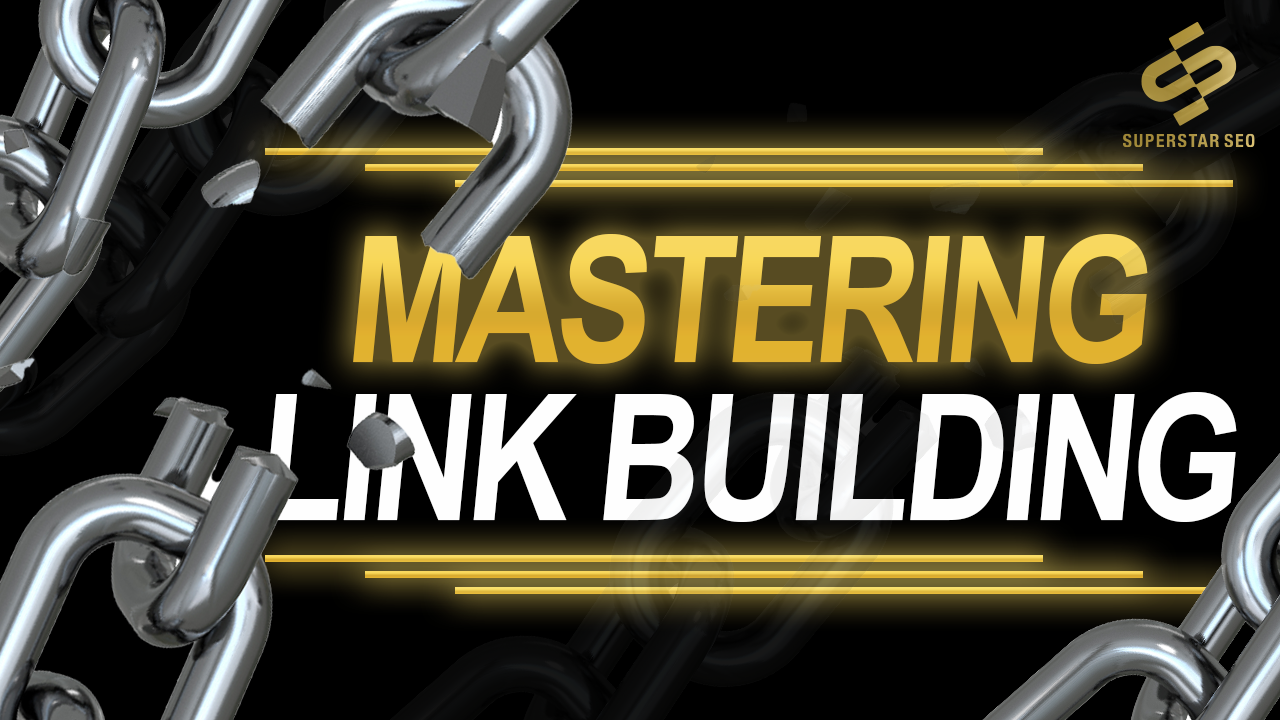Mastering Link Building: Proven Tactics for Boosting Website Authority
If you want to learn everything there is to know about link building, you’re in the right place.
In this SEO link-building guide, you’ll learn powerful ways to build high quality links and dominate Google search results.
By the end, you’ll learn proven tactics that are guaranteed to work.
So, if you want to become a master link-builder, read this post!
Let’s dive in.
What Is Link Building and Its Types?
Here’s how you define link building.
Simply put, link building is a process that involves acquiring links from other websites.
It’s an off-page SEO strategy that helps your site’s authority in the search engines’ eyes.
The backlink that points to your site transfers the “Link juice”, boosting its authority.
As the name suggests, it’s an active process that requires reaching out to relevant people.
What Is Link Building In SEO?
SEO link building for websites involves getting backlinks to your site so that it ranks higher on Google.
The goal is to attract high-quality traffic from search engines to your important pages.
Benefits of Link Building
Organic Rankings
Quality backlinks can boost your organic rankings on Google and other search engines.
This is because a backlink acts as a vote of confidence.
It tells search engines that your linked page deserves to be shared.
Generally, the more relevant and high-quality links your site gets, the higher it ranks on search engines.
Relationship Building
Link-building strategies like guest posting involve reaching out and interacting with bloggers and industry experts.
This lets you develop mutually beneficial relationships that can lead to new business opportunities down the road.
Referral Traffic
Guest posting and link insertion let you put your site in front of a niche audience of other site owners.
This allows you to attract high-quality organic traffic to your website that could turn out ot be leads later on.
Brand Building
A major benefit of link building is a boost in the visibility of your business.
You can get a lot of new eyeballs on your website, broadening your exposure.
This exposure eventually helps you build your brand and stand out.
More Conversions
Link building is also a great way to get new leads into your sales funnel.
For instance, you can use a form with a lead magnet and capture visitors through a guest post.
Value of a Backlink
A backlink’s value depends on several factors.
Authority
A domain’s authority determines its overall value. Moz has this authority score that takes into account the major ranking factors.
Generally, a domain with a DA score of less than 30 won’t pass enough link value or authority to your website.
You can check a domain’s DA score simply by installing the Chrome Mozbar extension.

Anchor Text
This is the text that acts as a bridge between two websites.
Your anchor text can make or break your link building campaign.
This means you should use different anchor text variations to avoid a penalty.
A website that’s selling electric scooters shouldn’t ignore a backlink with a “Bikes” anchor link.
Relevance
Relevance is a measure of how the content on the linking page compares to the content on yours.
For instance, if you’re selling treadmills, it’d make sense to get a backlink from an exercise blog instead of a golf blog.
Do-Follow Vs No-Follow: Striking a Balance
What are Do-Follow Backlinks
Do-follow backlinks are links that search engines can follow.
These links pass link juice to your domain, improving its authority in the eyes of Google.
What are No-Follow Backlinks
No-follow backlinks have a “No-follow” attribute, telling search engines not to follow the link.
As a result, the link does not pass any juice to your own website.
Why would you get no-follow links when they can’t transfer any concrete value?
Because if all of your backlinks are do-follow, your link profile will look unnatural.
So, links with a no-follow link attribute can help you balance your link profile.
These links can have other benefits as well, including referral traffic and brand building.
What Is Link Building vs Backlinks?
Link building and backlinks are part of the same equation.
The links you get from your link building strategies are backlinks.
Whereas the goal of a link building campaign is to generate backlinks.
Link Building Vs Link-Earning
As discussed earlier, link building is when you actively work for links.
“Link-earning” is when you use Google-recommended practices to get backlinks naturally.
To be honest, it’s next to impossible to thrive in this competitive SEO landscape without building links.
So, while I recommend creating content that naturally attract links, you can’t fully rely on it.
Invest in link building to generate as many quality, relevant links to your domain as possible.
Proven Link Building Tactics for Boosting Website Authority
Now, there are countless types of link-building strategies; some are effective, and some aren’t.
Here’s a list of strategies you can work on with confidence:
Use Content Marketing to Earn Links
Creating content that attracts backlinks is as white hat as it gets.
It’s what Google wants every webmaster to do anyway.
However, since organic content may take time to get eyeballs, the strategy requires patience.
Here are a few content ideas that can help you attract backlinks naturally.
List Posts
A list post can be anything from a numbered list of SEO tips to myths about affiliate marketing.
List posts work because they divide the post into bite-sized, consumable pieces of content.
They make the piece more digestible.
In fact, list posts tend to attract the most number of backlinks compared to any other strategy (As suggested by this study by Buzzsumo).
Data and Original Research
This refers to content that includes data from original research, surveys, and studies.
Statistical data tends to be super linkable. Content creators use it to strengthen their arguments or prove a point.
And when someone shares this data, they tend to link to the original resource.
So, although it may require a lot of research to gather the data, the shareability makes it worth the effort.
In-Depth Guides
An in-depth guide is a resource that covers everything there is to cover about a particular topic.
Ultimate guides contain a lot of value, which makes them super shareable.
To create an ultimate guide on a topic, you do need to know everything people are searching around a topic.
Do a simple Google search for that topic and note all the relevant queries in the “People Also Ask” and “Related Searches” sections.
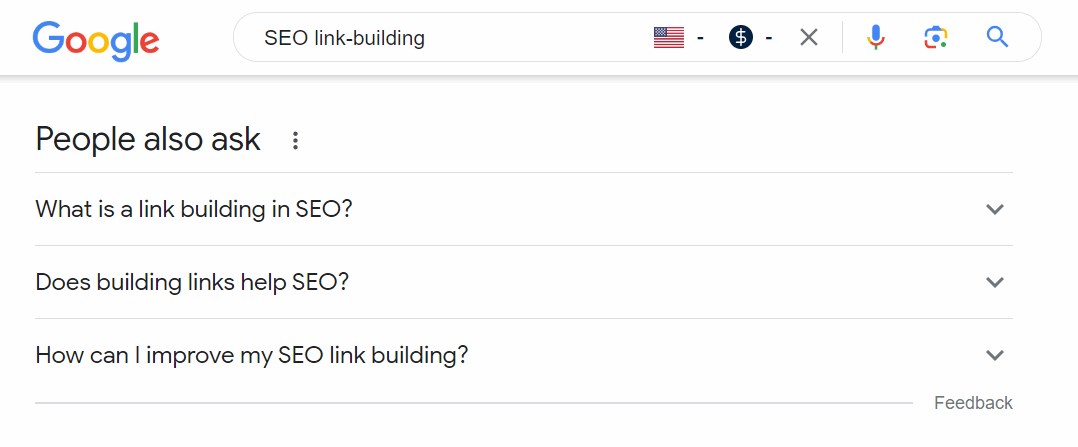
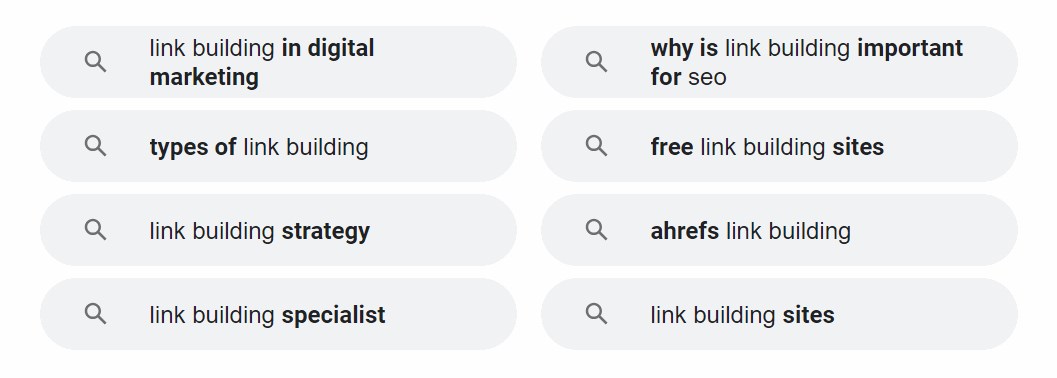
Or, use a tool like Answer the Public to gather all the questions you should be answering in a comprehensive guide.
Guest Blogging
Guest blogging involves getting your blog posts published on other websites with backlinks to yours.
It’s arguably one of the most effective ways to build backlinks quickly.
Here’s how to build quality links with guest posting:
Find Relevant Blogs
The first step would be to find relevant blogs in your industry and extract the contact information of the relevant person.
Make a list of blogs you think would be a perfect fit for guest posting.
Prefer blogs with high domain authority and traffic.
Make a list in a spreadsheet with the following columns:
- Blog Name
- Blog URL
- Contact Person
- Email Pitch Sent (Y/N)
- Date Pitch Sent
- Follow-up 1 (Y/N)
- Response
- Date Follow-up 1 Sent
- Guest Post Topic Idea
- Guest Post Status (Accepted/Rejected/Pending)
You can customize these columns however you like but make sure to follow up after your first pitch.
An updatable template like this can help you stay consistent with your guest posting efforts.
However, here are a few guest blogging red flags you should be aware of:
- The guest post site exists solely for guest posts
- The site isn’t related to yours
- It has exact match anchor text
Read Guest Post Guidelines
Once you know who to reach out to, read their guest post guidelines.
These guidelines may vary for different sites, but the basics remain the same.
You will have to reach out to the concerned person via email.
Websites that get plenty of guest post requests tend to have a small fee for guest posts.
Or, you can offer something that’s valuable for them in return.
Brainstorm Content Ideas
Next, come up with a short list of content ideas or topics based on the content of the website.
Why is this important?
Because you want to make the process easier for the other person.
With a list of great topic ideas, you improve your chances of getting a positive reply.
Make sure the topics you suggest are highly relevant and offer help.
Send Your Pitch
In your cold email pitch, get to the point as soon as possible.
Let the other person know what you want and how they can benefit from the deal.
Ask if they have any additional requirements and let them pick a guest post topic.
Don’t forget to follow up if you don’t get a response.
Create High-Quality Content
Needless to say, your guest post content should be helpful, relevant, and high-quality.
Follow all guest post guidelines regarding content to avoid rejection.
Add Your Link
Last but not least, add your backlink within the content naturally.
This would be the link that’d point to your domain, potentially improving its SEO.
Remember that more links on a web page tend to decrease the link juice per backlink.
So, you want the guest post to only have your website’s outbound link.
Plus, after you get the live link, make sure it has the right attribute (Do-follow/No-follow).
HARO (Help A Reporter Out)
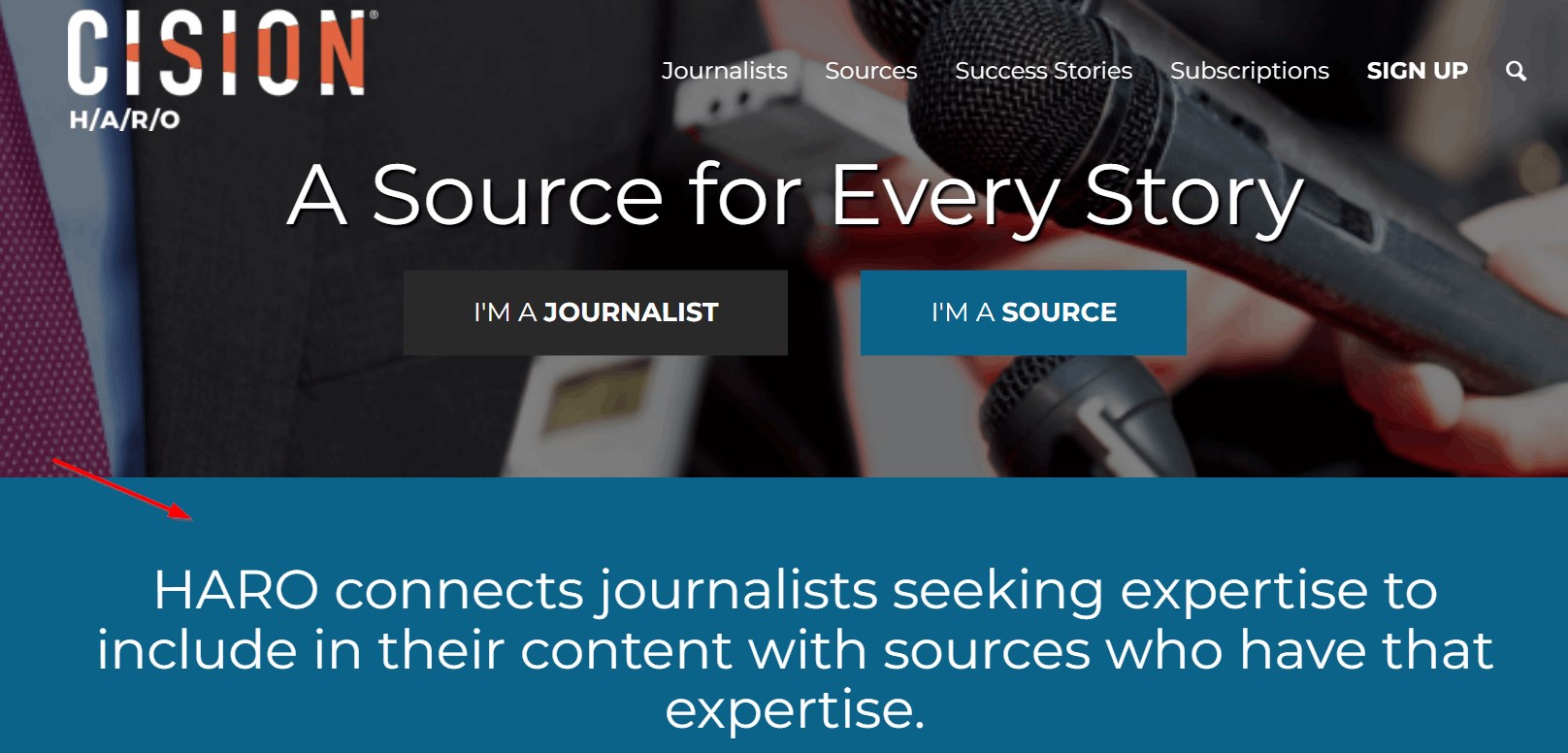
The text on the homepage of HARO says it all.
It’s a service that connects journalists with content creators or experts in specific industries.
As a content creator (Or source), you can sign up for updates from journalists in various industries.
You can sign up to receive general queries like these:
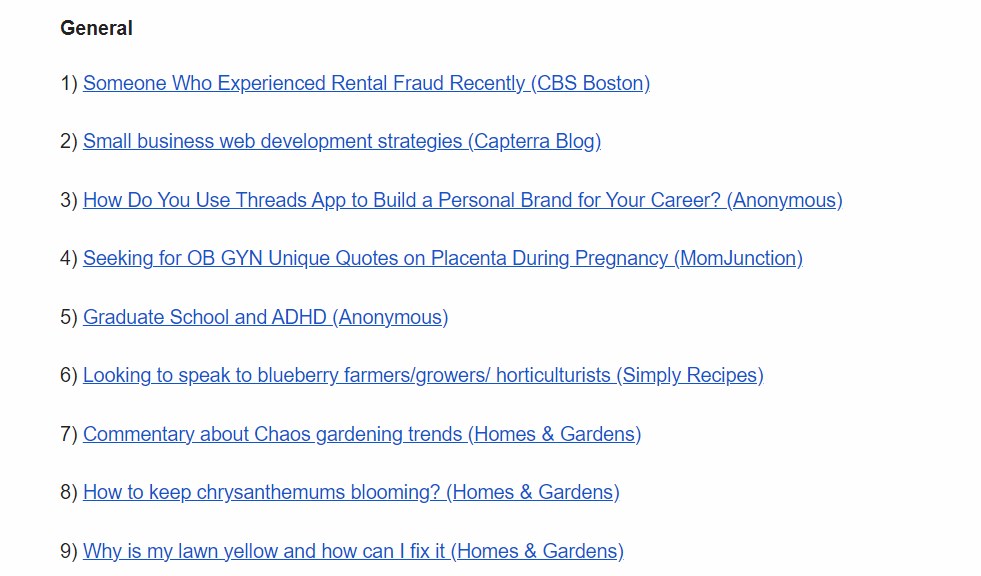
Scroll down and read the requirements of all these queries in your email inbox.
This includes:
- The media outlet’s name
- Deadline to submit the query
- Category
- The query
- And, the requirements
The key to successful HARO outreach is to understand the requirements.
Then, send a response that’s helpful and can resonate with the target audience.
To add credibility to your responses, always add a short introduction about yourself.
Let them know you’re an expert on the topic.
Lastly, catchy subject lines are key to getting emails open.
Broken Link Building
This link-building strategy involves finding broken links on relevant web pages and reaching out to the owners for a link replacement.
Broken links are bad for SEO, which gives you enough leverage to have them replaced with your live links.

Here’s how to do broken link building:
Find Web Pages with a Broken Link/s
Start by creating a list of websites you want to get backlinks from.
Websites that have:
- A DA higher than 30
- Content relevant to your niche
- And, a decent number of monthly visitors
Analyze each for broken links by using a browser extension like “Check My Links”.

Pin the extension on your browser tab.
Visit the web page you want to analyze for broken links and click on the extension icon.
The extension will tell you the total number of broken links on that web page.
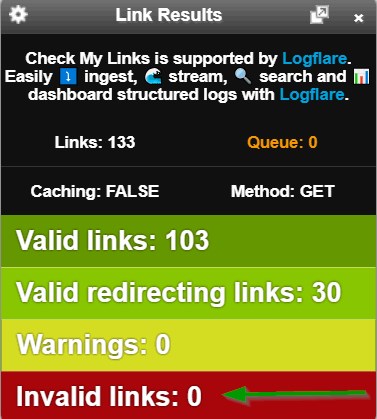
Scroll down the page to find the exact links and see if you can replace them with a relevant, live link.
Copy the outbound link into a Notepad or Word file.
Reach Out
The good thing is no one likes broken links on their websites. They’re bad for SEO and user experience.
Use that fact in your favor and let the owner know the broken link could end up hurting their site’s standings.
And that you have a great replacement that can help improve their SEO.
Send the broken link and the link you want them to replace it with.
Follow Up
Not everyone is going to reply to your email right away.
Some may even ignore it.
Wait for a few days. If you don’t get any response, reach out with a follow-up email.
Remind them of the repercussions of having broken links and the benefits of not having any.
Build Quality Backlinks with Infographic

Infographics are appealing graphic design pieces with valuable and helpful information.
The type of content is highly shareable, maximizing your chances of attracting relevant backlinks.
Design the Infographic
Create an infographic that’s visually appealing, informative, and engaging.
Work on a topic that’s relevant to your niche.
Reach Out to Relevant Websites
Once you have a great infographic, find websites that would want to share it with their audience.
Reach out to them via email or social media and offer your infographic as a resource for their website.
Share it On Social Media
Sharing your infographic on social media platforms is a perfect way to get a lot of eyeballs.
More importantly, you may get a backlink whenever someone shares it with their audience and credits you.
Resource Link Building
Resource pages are web pages that link to some of the best resources on the web.
All the resources on a resources page are usually on a particular topic.
For instance, you can list all your favorite SEO tools.
Or, you can list helpful blog posts on link building.
Find Resource Pages
To find resource pages, use the following search strings on Google:
- “Keyword” + “Helpful resources”
- “Keyword” + “Useful links”
- “Keyword” + “Useful resources”
Analyze the Web Page
Make sure the page you’re trying to build a link from has good authority.
Use Moz’s free DA (Domain Authority) checker for that.

A page with a domain authority of over 30 would be worth getting a link from.
Find the Right Piece of Content
Find or create a piece of content that’s the perfect fit for that resource page.
If it’s not the “Best fit”, you’re not going to get that link.
So, create the type of content that would be a perfect addition to the resource page.
This can be a comprehensive guide, a research-based article, a tool, or anything that adds value and fits in.
Reach Out
Start by introducing your resource. Highlight its relevance and how helpful it can be to their audience.
Then, ask them if they’d like to consider adding it to their resource page.
Remember to follow up at least once if you don’t get a response the first time.
Skyscraper Technique
The Skyscraper link-building technique is one of the most effective ones, but it does require some effort.
It involves finding a piece of content that’s ranking and getting backlinks from authoritative sources.
For instance, let’s say you want to rank for the term “Work-Life Balance Tips”
What you could do is study the first-page results for the query.
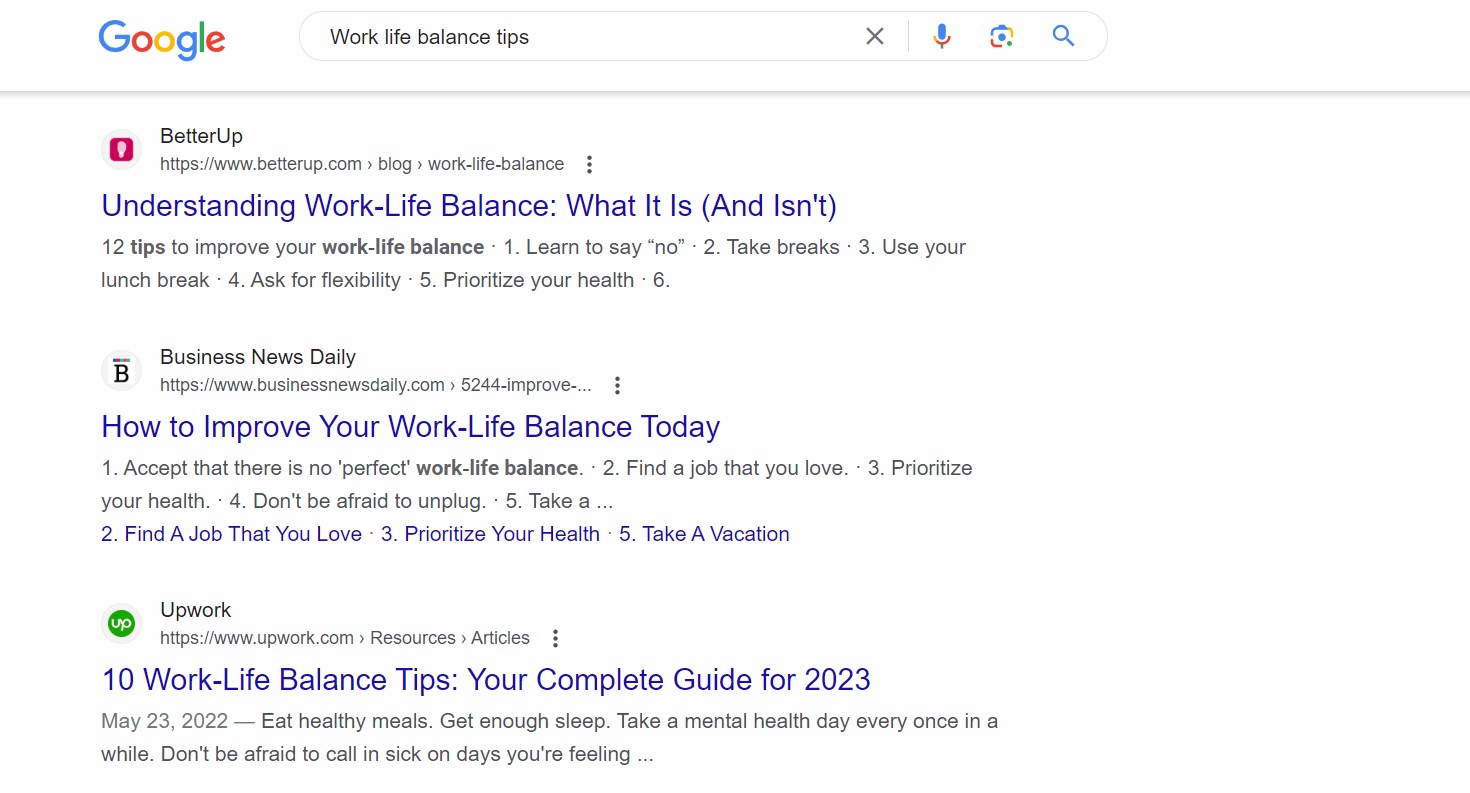
- Are they using visuals?
- Are they covering the topic from every angle possible? The more comprehensive a page, the better its chances of getting ranked
- How’s the user experience of these pages? Slow-loading pages have little chance of retaining the first-page ranking
- Are there enough multimedia like charts, screenshots, videos, and images? According to studies, web pages with images tend to get 94% higher traffic than those with no images
- What would you add to make these pages better for the user?
Answer such questions to come up with a content plan.
Create Something Much Better
First off, Google wants to rank content that captivates and engages its users.
Boring content pieces don’t engage visitors and increase the bounce rate.
Adding images, charts, videos, and infographics helps you engage visitors.
Plus, ask for help from industry experts, bloggers, and other content creators.
As a solo content creator, you only have a single perspective.
Get other people to share their knowledge and perspective and add that to the content piece.
Get the Word Out
Now that your content piece is published, you should sit back, relax, and let backlinks roll in, right?
Not really.
You need to share the content to get enough eyeballs and backlinks.
Probably the best way to promote this content piece is to partner up with influencers in your industry.
What you can do is send an email to a few influencers and let them know about the blog post even before you’ve published it.
Once they’re ready to share your post, send them the live link.
You can also leverage brand mentions. Reach out to the brands you’ve mentioned in the post and get them to share it with their audience.
Sharing your new content piece on social media can also help you attract new link opportunities.
Reverse Image Search
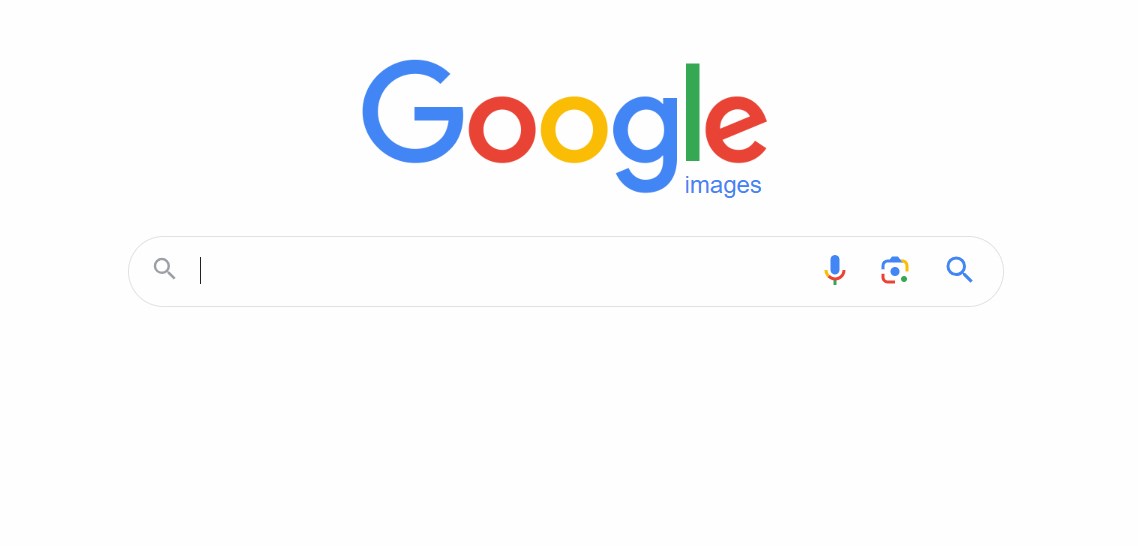
If you publish visual content like infographics and data charts, it’s possible people are using them without attribution.
Don’t worry though. Simply send an email to those using your assets and ask them for a link.
Interestingly, a simple Google reverse image search can reveal who’s using your images without a link.
Since you own the content they’re using, getting them to link to you won’t be an issue.
Networking
Networking in SEO refers to building meaningful relationships with website owners in your industry.
It’s a super effective way to attract quality backlinks without being too promotional.
It’s also a great way to develop long-lasting relationships that lead to more business opportunities in the future.
Join Relevant Communities
Start by joining relevant online communities in your industry.
These can be Facebook groups, subreddits, Quora spaces, and LinkedIn groups.
Engage and Contribute
Engagement is key to building trust and credibility online.
Here are a few engagement tips:
- Start creating helpful posts and ask questions
- Offer advice based on your expertise and experience
- Be helpful and offer help as much as you can
Ego Bait Content
This means mentioning influencers or industry leaders within your content.
Then, you can either wait for them to notice your mention.
Or, you can reach out and let them know about your content piece.
There’s a chance they’d link to one of your pieces in exchange.
Interviews and Podcasts

Creating a piece of content that’s super in-depth and ticks all the boxes is resource intensive.
What if you could just sit with someone, talk about what you know, and get a backlink in return?
Introducing podcast interviews!
The effort required to build links with this strategy is minimal if you’re comfortable with audio or video interviews.
Plus, depending on the interviewer, you can get a ton of shares on social media.
The cool thing is you can find a podcast on virtually any topic these days.
Publish Original Research
Research-based articles tend to attract a lot of backlinks organically.
These are articles with surveys, research studies, and industry reports around a topic.
Every time someone uses any piece of data on their blog/website, you’ll get credit and a backlink.
The best part is that backlinks from data-based articles can add up pretty quickly.
Although original research may take time, it stands out and attracts long-term backlinks.
Local Citations
This involves listing your website in relevant local directories and industry-specific platforms.
A local citation can be a mention/link of your brand on any website other than yours.
It generally includes your business name, address, and phone number (NAP).
Local citations are helpful for search visibility if you’re trying to build a local presence.
However, Google identifies and treats them differently than other backlinks.
They can, however, help your business’s organic rankings for local search queries.
Important: Your business information (NAP) should be the same on all websites or local directories.
Inconsistent online information can have a negative impact on your business.
This is why it’s important to keep your information up to date and correct.
Partnerships and Collaborations
You can also partner up with businesses that are willing to offer cross-promotion.
However, of course, don’t try to collaborate with websites directly competing with you on SERPS (Search engine results pages).
For instance, if someone reaches out for a guest post, ask them if they can offer a link on a different domain in exchange.
Answer Questions on Q&A Sites
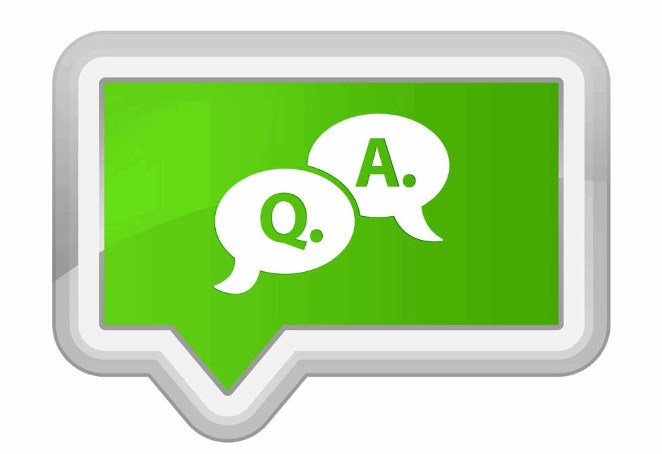
Question-and-answer websites like Quora and Stack Exchange are great for building authority in your topic of expertise.
Note that by default, Quora links are no-follow, so they won’t transfer any juice to your web pages.
However, you can attract a lot of relevant traffic through Quora answers and build your authority.
This traffic indicates to Google that you’re a trustworthy and linkable resource, which can help your SEO indirectly.
Plus, adding no-follow backlinks to your link profile will help you maintain a good balance.
Create Shareable Videos
As compared to text, videos are superior in terms of engagement and shareability.
Publishing videos on video hosting platforms like YouTube and Vimeo can help you redirect relevant traffic to your web page.
Just add your website link in the video descriptions.
Reclaim Mentions
Brand mentions are great for online visibility, but not all mentions are links.
The good thing is you can turn a mention into a link in no time with a quick reach out.
Start by picking a tool that notifies you whenever someone mentions your website or brand online.
Next, reach out to them and ask to convert that mention into a backlink.
In addition to an authority boost, this can also help you get lots of relevant eyeballs to your content.
Frequently Asked Questions: Mastering Link Building

What is Link Building Vs Link-Earning?
Here’s a simple definition of link building: It’s when you actively build links to your website.
Whereas link-earning refers to creating content that naturally attracts backlinks.
Google recommends earning your backlinks instead of building them.
However, to be competitive, you need to be more active and strategic with backlinking. I hope you understand the link building meaning and how it differs from link-earning.
What is Link Building for SEO?
Link-building is when you actively work on creating backlinks to your site.
There are numerous ways to build links, including:
- Guest posting
- Broken link building
- HARO
The goal is to get other websites to link to yours. You can come up with your own strategies to do that.
What is Link Building Benefits?
Backlinks are like votes of confidence from other webmasters. So, if anyone links to your site, they’re letting Google know you have link worthy content. This helps you get in the good books of Google bots, boosting your organic rankings. Other major benefits of link building include referral traffic and brand awareness.
Why Is Link Building Important?
Link building is important because “Backlinks” is a key organic ranking factor. When search engine bots crawl web pages, they look at inbound links before ranking them for relevant queries. High-quality, relevant backlinks are key to attracting traffic from Google.
What are Types of Backlinks?
In terms of how they’re built, backlinks can be of numerous types. Some popular types include guest post backlinks, HARO backlinks, and podcast backlinks. You can divide them into two types based on their attributes.
- Backlinks with a “Do-follow” attribute. It lets search engine bots pass the link juice.
- Backlinks with a “No-follow” attribute. It prevents search engine bots from passing the link juice
You need to build both types of links in order to keep your link-profile natural.
What is the Best Link Building Strategy?
The best link-building strategy is the one that works for you. Guest posting, HARO (Help A Reporter Out), and broken link building are a few effective ones.
What is a Link-Builder?
A link-builder is someone who helps you build authority backlinks to your website. They’re a digital marketer service provider you can hire on freelance platforms like Legiit.
Conclusion: Mastering Link Building
There you have it. Your ultimate guide to link building.
You now know how to build links that work and keep you in the good books of Google.
I hope you know that search engine optimization link-building isn’t a one-time process.
It’s something you need to incorporate into your marketing strategy.
With these tips, you’ll be well on your way to building a strong link profile and driving quality traffic.
Don’t forget to monitor your backlinks and make sure you’re moving in the right direction.



